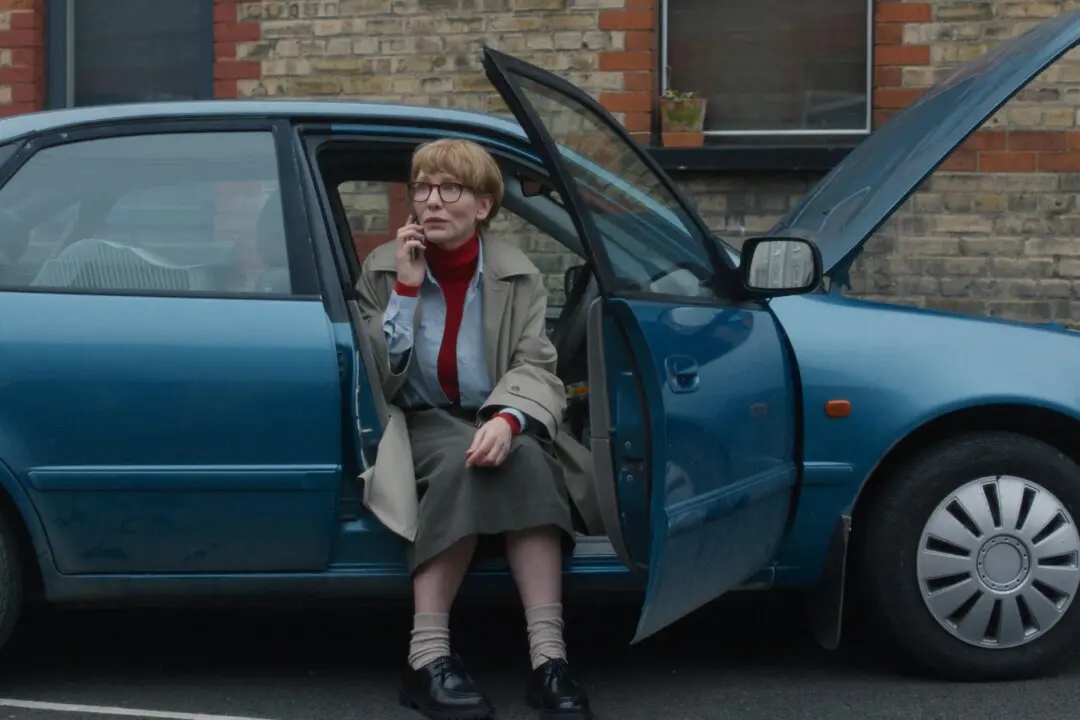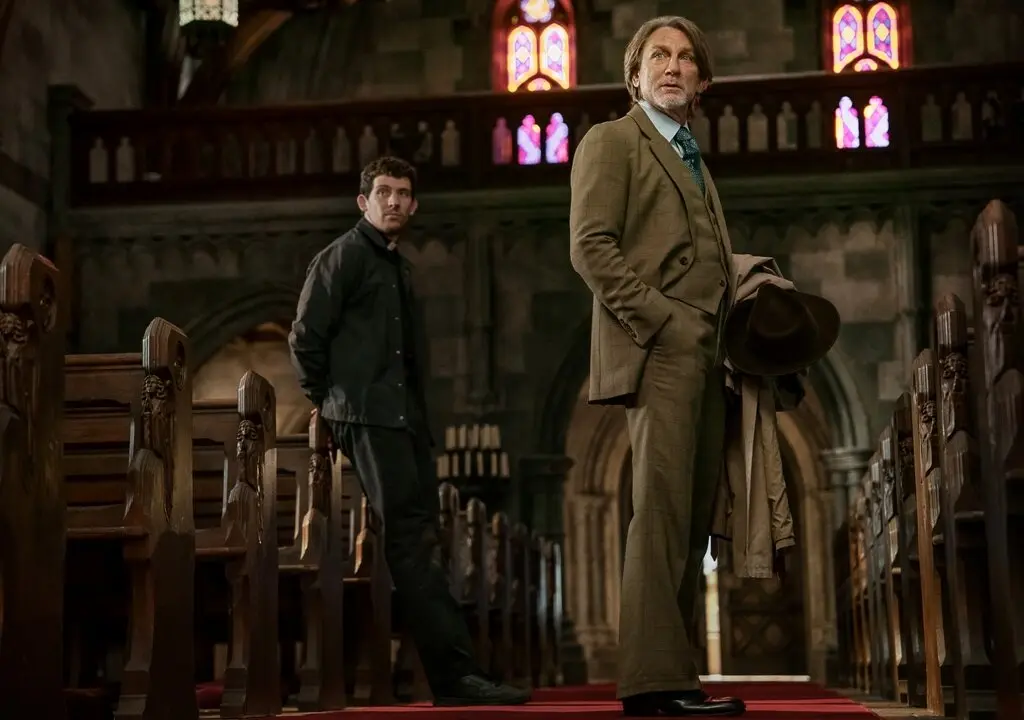If you’ve never heard the term “Day and Date” before as it applies to the movies, don’t feel the least bit uniformed. It’s only been around for about 10 years and was never previously used for major studio releases. There are quite a few astute industry professionals who still don’t know what it means.
Also referred to a “simultaneous release,” “Day and Date” is when a studio will begin showing a film theatrically and on-demand (or in video format) on the same day. Employed almost exclusively by smaller art-house studios in order to increase visibility of their under-the-radar titles, “Day and Date” was essentially a shotgun approach to marketing. Do whatever you need to in order to get people to watch.






